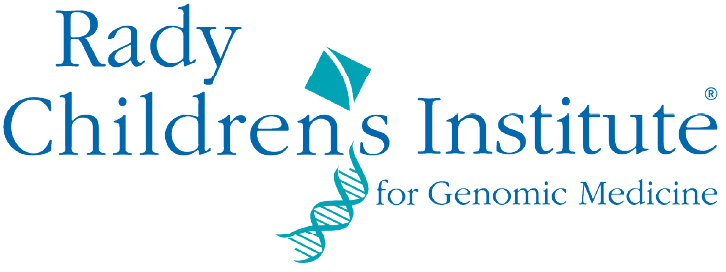Genet Med. 2025 Mar 7:101403. doi: 10.1016/j.gim.2025.101403. Online ahead of print.
ABSTRACT
PURPOSE: To explore long-term trajectories of children who received rapid genome sequencing (RGS) in intensive care settings.
METHODS: We examined the electronic health records (EHR) of 67 critically ill pediatric patients who received RGS six to eight years ago with a collective initial diagnostic yield of 46%.
RESULTS: The median length of follow up was 6.2 years (IQR 4.0-7.2 years). RGS-diagnosed patients had a longer average follow-up time compared to undiagnosed patients (5.9 years vs 4.8 years, p = 0.026) and more subspecialty appointments per follow-up year (9.4 vs 6.9, p = 0.036). Mortality during the follow-up period was 9%. Patients averaged 2.1 hospital readmissions per follow-up year and 28.1 hospitalized days per follow-up year. Forty-four patients (66%) had a documented new phenotype in the EHR during their follow-up period. Seven patients received clinician-driven re-analysis during the follow-up period, yielding one new diagnosis. Systematic reanalysis of RGS performed as part of this study identified four new candidate diagnoses.
CONCLUSION: Pediatric patients who receive RGS during intensive care unit hospitalizations continue to be high healthcare utilizers in subsequent years, regardless of whether RGS identified a diagnosis. Additionally, two-thirds of this cohort had a documented phenotypic change over the follow-up period, indicating dynamic clinical evolution in the years following RGS.
PMID:40062436 | DOI:10.1016/j.gim.2025.101403
